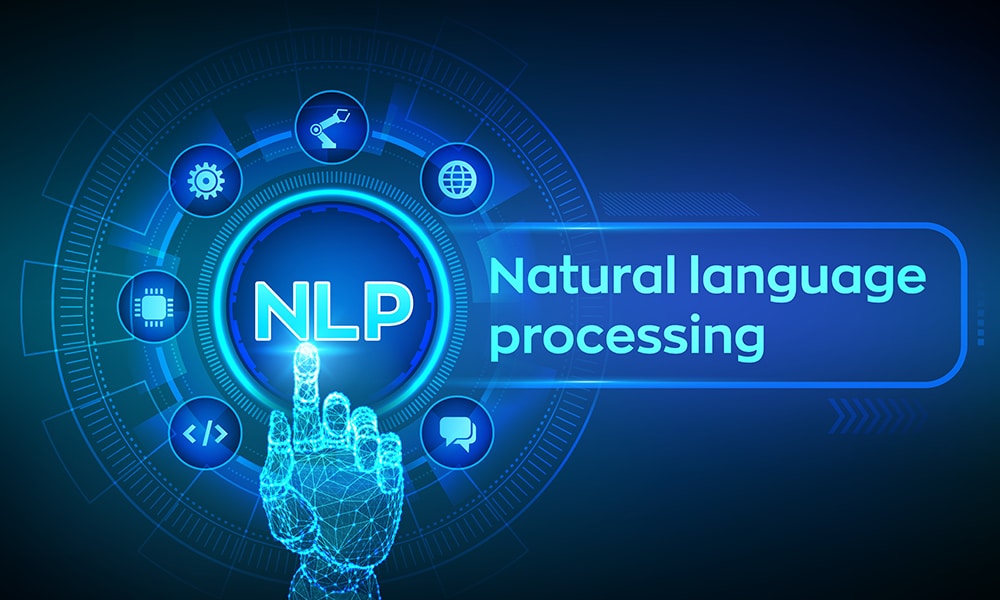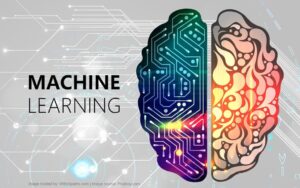Natural Language Processing (NLP) is a fascinating field of artificial intelligence dedicated to enabling computers to understand, interpret, and respond to human language. It bridges the gap between how humans communicate and how computers understand it, making human-computer conversations easier and more natural. NLP is crucial for many applications we use every day, such as voice assistants like Siri and Alexa, chatbots, translation tools, and even grammar checkers. The primary goal of NLP is to enable robots to read, listen to, and respond to human language in a natural and intelligent way. Anyone who understands the basics can understand the technology behind these everyday products.
How NLP Works
NLP works by translating human language into a form that computers can understand. Language is complex because it contains many rules, exceptions, slang, and cultural nuances that make it difficult for machines to grasp. To understand the meaning of sentences and their connections, NLP uses algorithms and language models. This means figuring out what words are, what role they play in a sentence, and how they are connected. Machine learning is often used to help natural language processing (NLP) systems better understand your voice and speech over time. For example, a voice assistant can better understand your voice and speech the more it hears from you. Natural language processing (NLP) works because it both applies linguistic rules and learns from data.
The Importance of Data in Natural Language Processing (NLP)
Like other areas of AI, natural language processing (NLP) requires large amounts of data to function effectively. The more an NLP system learns about how people use language, the better it can understand and respond. Google Translate, for example, learns by examining large amounts of multilingual material to detect patterns in sentence structure and word usage. When provided with a large amount of high-quality and diverse data, natural language processing (NLP) models can understand different dialects, slang, and even sentences from different regions. Without sufficient data, natural language processing (NLP) systems can make mistakes or fail to understand certain sentences, which can be frustrating for users. That’s why companies invest heavily in collecting and improving massive datasets to train their NLP models.
The Challenges of Natural Language Processing
NLP has enormous potential, but it also presents numerous challenges due to the immense complexity of human language. The meaning of words can vary depending on context, and different cultures can interpret specific sentences differently. NLP algorithms struggle to detect sarcasm and humor because they often rely on tone and cultural context. Dialects, slang, and colloquialisms further complicate matters. Even well-trained models can make mistakes if the training data is not diverse or is biased. To address these problems, we must continuously improve algorithms, use larger and more diverse datasets, and carefully consider cultural and linguistic differences.
The Role of Machine Learning in NLP
Machine learning plays a key role in NLP by enabling systems to learn from large amounts of data instead of simply following established rules. In supervised learning, NLP models learn from labeled examples (such as sentences with correct translations). In unsupervised learning, models identify patterns in unlabeled data. Deep learning and other more advanced methods use neural networks to discover complex language patterns. This allows systems to understand speech that sounds more natural and conversational. Machine learning, for example, enables modern NLP systems to write meaningful paragraphs, answer questions, and even write creatively.
The Future of Natural Language Processing
The future holds many fascinating promises for natural language processing (NLP) technology. As language models continue to improve, they will be able to identify emotions, cultural nuances, and even the nonverbal cues that accompany speech. This could enable virtual assistants to better understand context, making conversations with them feel more like real people. NLP could also play a more important role in education, helping students learn new languages and strengthen their writing skills. It could also help healthcare professionals more easily read medical records and research reports. However, these new technologies also raise significant ethical issues, such as data privacy and bias, that must be adequately addressed to ensure the fair and responsible use of NLP technology.
Conclusion
Natural language processing is a key technology that enables machines to communicate with people in their native language. NLP systems can perform a wide range of tasks, from language translation to sentiment analysis, with remarkable accuracy. They achieve such accuracy by analyzing complex sentences, identifying context, and learning from vast amounts of data. However, we still need to address some challenges, particularly in understanding nuances and avoiding bias. However, machine learning makes NLP more natural and effective for communication. As NLP becomes increasingly part of our daily lives, understanding its fundamental principles helps us appreciate the intelligence behind many tools and prepares us for more creative applications in the future.
FAQs
1. What is natural language processing, simply put?
NLP is a branch of artificial intelligence that teaches computers how to perceive, interpret, and respond to human language.
2. What do people use NLP for every day?
Applications of NLP include grammar checking, chatbots, search engines, spam filters, and voice assistants.
3. What are the challenges of NLP?
Human language is difficult for machines to understand because it is complex, full of context, slang, and multiple meanings.
4. How is NLP becoming smarter?
NLP learns language patterns and continuously improves using machine learning and large data sets.
5. Are NLP and AI the same?
NLP is a branch of AI that primarily deals with language, while AI performs broader intelligence tasks.




